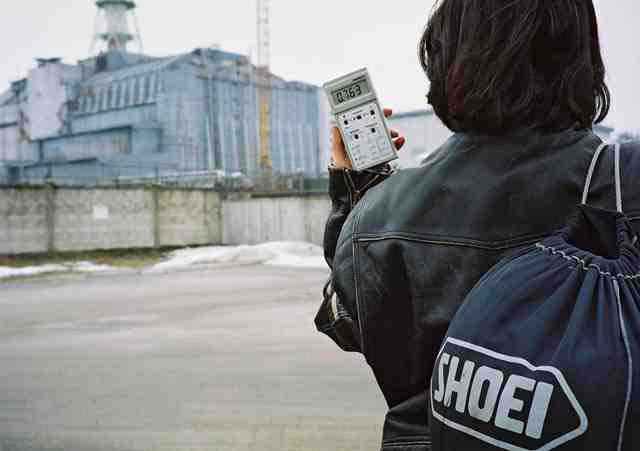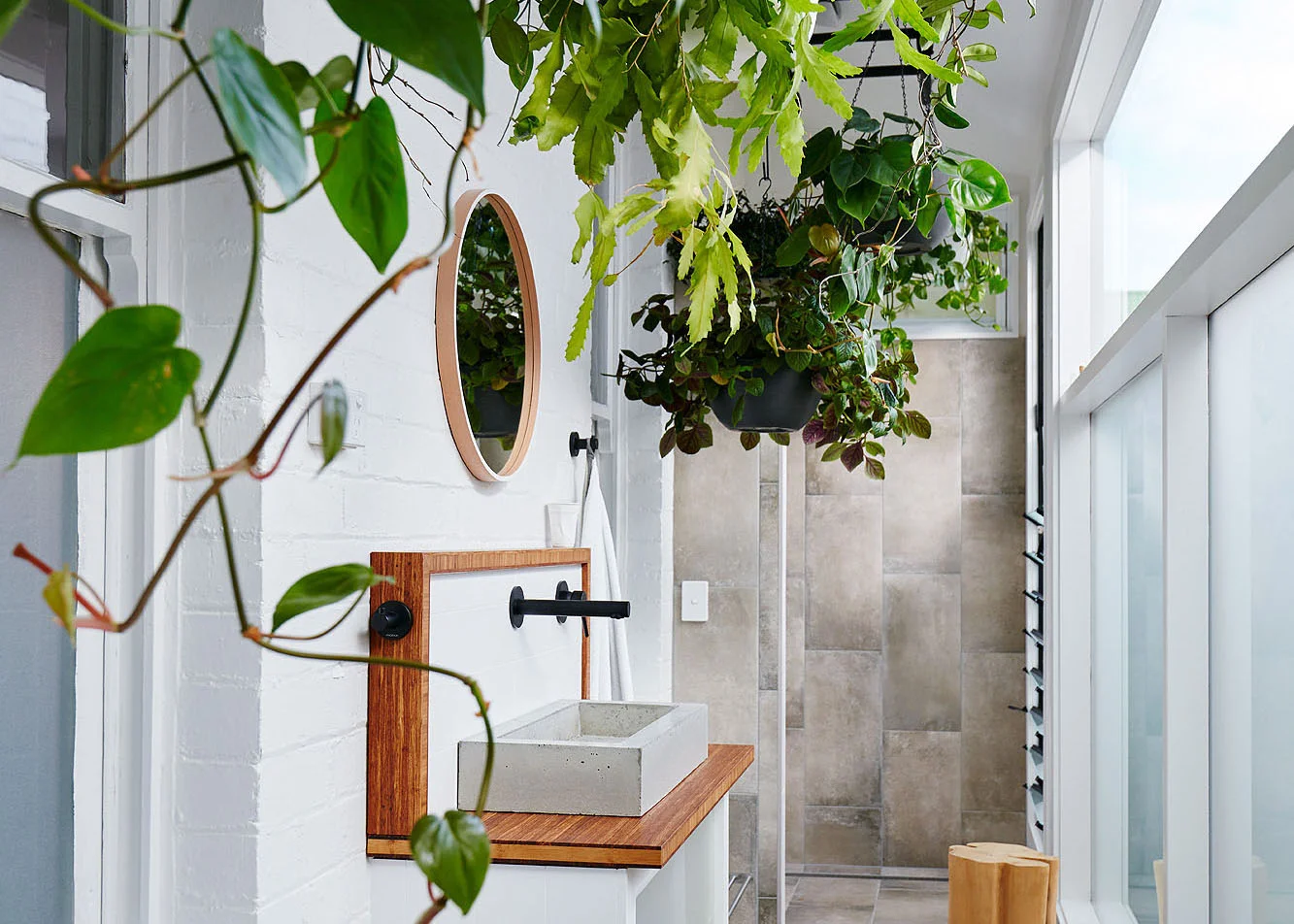Oxytocin is a hormone involved in the process of giving birth, but has also been called the 'hormone of love' and is claimed to be active in feelings of trust . In one report, it is discussed as part of an idea about love as an emergent property of the mammalian autonomic nervous system.
Lake Clifton
This week, I am visiting Lake Clifton, south of Perth and in the vicinity of Mandurah, reportedly the fasted growing city in Australia. Lake Clifton is also contains a roughly 6km long colony of thromobilites, a form of microbialite or growing rock-formations. Microbialites are the oldest known fossils, dating back to 3.5 billion years or so. They are made by cyanobacteria, the ancient life form that generated the oxygen atmosphere upon which life as we know it today depends. The Lake Clifton thrombolites are not this old, but they are the only known living examples, although their current status (ie living/dead) is apparently a debated point.I am visiting the site as part of the research we are doing with SymbioticA, who are doing a large project exploring the thrombolites and other linked environmental issues of the area. We will be discussing approaches to siting a speculative architectural future in this region.


Biotech Art Revisited
Attending the symposium and exhibition, Biotech Art Revisited, at Experimental Art Foundation
Plastic Futures enters phase two
Plastic Futures seminar entered phase earlier this week, which means we are moving more heavily into the designing of future scenarios. This is involving imagining ourselves in 2049, when we are much more elderly and working through design ideas about that period to explore and unfold potential futures, based on knowledge we can garner both in the present, and of the present. The aim is to stimulate some deep generative critique on what's potentially looming, and to discuss and debate these critiques. The outcomes of this seminar will be exhibited and debated at the Design Laboratory 2009: 2040 Systems
Cancer as a talent.
Eva Vertes looks to the future of medicine | Video on TED.com. This is a talk by a 19yr old who is trying to find a way to approach cancer in radically new ways. It had me returning to a future fiction story I started to write in the early-mid 90s, in which the capacity to develop cancerous cells had become a 'talent', because we had worked out how to manipulate cancer in desirable directions once it appeared. So, for instance, if you developed bowel cancer, you might direct this cancer into the capacity to digest certain substances in more efficient ways, or a brain cancer might allow for new sensory/thought processing capacities. Basically, the idea was that because cancer cells are versatile, we could use them as design tools.
In what Eva is saying here, cancer cells are perhaps initially part of a repair mechanism. So, perhaps we can fine tune this repair response, as she suggests, but towards new designs for bodily capacity.
Intimate Transactions
This is a link to Keith Armstrong's site and his page on Intimate Transactions, a multi-user interactive work. There is a very good video there explaining the multiple dimensions of the work and its process of development.
I was involved in designing and developing the haptic feedback system for this project (shown in images below), with Inger Mewburn. We did this collaboration back in 2004. Since then the interactive has travelled the world extensively, with significant acclaim thanks to Keith's excellent direction of the overall project.




Detailed discussions about our role in this project, and what we learnt from it can be found in two places:
1. My doctorate, The Aesthetics of Emergence, see 'Vibrating Bodies': pp. 240-268.
2. Ednie-Brown, Pia and Mewburn, Inger, (2006) ‘Laughter and The Undeniable Difference Between Us’, in Hamilton, Jillian (Ed.) Intimate Transactions: Art, Exhibition and Interaction within Distributed Network Environments, Australian Centre for Interaction Design, Queensland University of Technology.
love latex?
How to make your own latex leggings | Making Latex Clothing. this has got them twittering :-)
and it might just get me making (not pants though).
extreme change
So what the hell's going on in the Eastern States of Australia in the last month? Massive floods in the north, drought and unprecedented fire storms in the south, and now earthquakes in Victoria and a cyclone brewing in Queensland. Climate change is what they call it. All this in the midst of the global financial crisis and, in the past days, the numbers showing that Australia is now in recession. Everything seems to be extreme and on the move: an all pervasive climate of change.Remember the opening line of the web film EPIC 2015? "It is the best of times, it is the worst of times". With the help of google, i now know this refers to a quote from Charles Dickens, which you can read here. The reason I looked this up was that Philip Adams also refers to it in his column in the today's weekend Australian magazine. His article is more-or-less a call for wary optimism: that in this time of doom, gloom and radical upheaval, we can still be optimistic about the future, but we should not simply expect the best to happen, but attempt to actively make it happen (well, he says we should "demand" it, but i think we need to be a little more creative than just making demands). It turns out that Adams is a little cynical of the following, but this is what caught my eye: "The worst of times? No, these are the best of times, an opportunity for unprecedented creativity. For ideas and innovations in economics, in politics, in environmental strategies." While we should be wary of either blind optimism or gloomy doomsayers, constructing future scenarios that enter into a energetic, engaged enthusiasm about possibilities seems vitally important in this climate of change.
plastic futures blog
My latest research seminar, Plastic Futures, starts this week. The blog, in its embryonic form, has been set up. It can be found here, and the poster can be downloaded as well: plastic futures poster
emergent devolution
If the evolution of species is a clear case of emergence, this article would seem to point to a case of emergent devolution, where the demise of a species (honeybees) is arising without any simple cause being attributable.
new scientist article

becoming animal
The rather mind mind-boggling news about the Californian woman giving birth to eight babies (and she already has six), made me think of Patricia Piccinnini's work, particularly her piece 'The Young Family': The Californian brood was the result of IVF, the embryos being artifically implanted (they apparently didn't expect all of them to 'take'). Interesting how biotechnology is leading us closer to our animal companions.
The Californian brood was the result of IVF, the embryos being artifically implanted (they apparently didn't expect all of them to 'take'). Interesting how biotechnology is leading us closer to our animal companions.
Architecture and processing change
For many, architects largely offer frameworks for boutique living and institutional arrangements. Ushering in formal expressions of individual luxury and collective organisation, they are servants of power.This is a caricature. The role of architecture and architects is, can, and should be far more active, experimental and ethically inclined in it's contribution than such a caricature suggests. The dimensions of life with which architecture works are many and complex, and the relationships between them are tricky. Formal arrangements affect what we can do and how we can function, how we feel in psychological and physiological ways, and how we understand our relationships with others and the world, or environment, in general. Amidst this vast and multi-dimensional terrain there is one tricky issue that particularly interests me: the role of formal arrangements in terms of comprehending change. Processes of change are always occurring, in radically variant degrees and kinds. For reasons I won't elaborate on right now, it takes longer for us to form a cognitive understanding of events than to grasp those events in a more 'sensed', felt or aesthetic way: we can feel and respond to a change far in advance of our capacity to 'think it through'. The act of designing can be a way of approaching and forming pre-cognitive understandings of what's happening. Design is an act of expression and an exposure, to others and to oneself, of the forms of organisation through which we feel-think our way through the world. We 'show' ourselves how we are 'wired' through the things we make, at the same time as we develop and change that 'wiring' of relations through negotiating this very act of showing. So, to return to the beginning of this post, the role of architects and their designs can be far more active in both comprehending, organising and generating change than the 'servant of power' caricature suggests.
radioactive journey
chernobyl-land-of-the-wolvesIf you ever consider becoming a nuclear power supporter, have a read through this site. It is very illuminating. One inquisitive, brave woman on a motorcycle takes you on a tour through the remains of the Chernobyl disaster. This is rich material that links with some research done earlier on contamination as an issue: contaminated life

open source urbanism
Scott Mitchell and Rory Hyde's project web site is worth a look. Two clever people, doing a very interesting project:opensourceurbanism
great physics-drawing game
 http://www.crayonphysics.com/
this is lovely, and exercises a particular kind of physics/machinic thinking.
http://www.crayonphysics.com/
this is lovely, and exercises a particular kind of physics/machinic thinking.
thanks to Paul Minifie for sending it.
on emergence and architectural models
Foreskins for the face
I recently discovered an anti-aging beauty treatment with the primary ingedient of 'Human Fibroblast Conditioned Media'. They make this with newborn foreskins. But the process, if I understand correctly, involves 'conditioning' a particular media with the foreskins. So, as collaborator Oron Catts pointed out, what is the media? Fetal calf serum? Is it a strange hybrid of cow fetus and human newborn?
Plastic Futures; adaptation and the molecular
Latest idea of seminar 09 title.
books
In picking up a book to get an idea of what its like, eyes flick through thin leaves of words that offer up a semblance of style and mode of assembly. But in returning to a book after its read, if it was a good read, a similar action will pull you into deep images, full of fluttering dimensions in peripheral places, like corners and under bushes. It’s like the difference between seeing someone unfamiliar walk by, and then seeing them again after having spent years in their company.
Graduate Research Conference: key note lecture
Presented key note lecture at the October 2008 Graduate Research Conference at RMIT, in the School of Architecture and Design.
Poster




